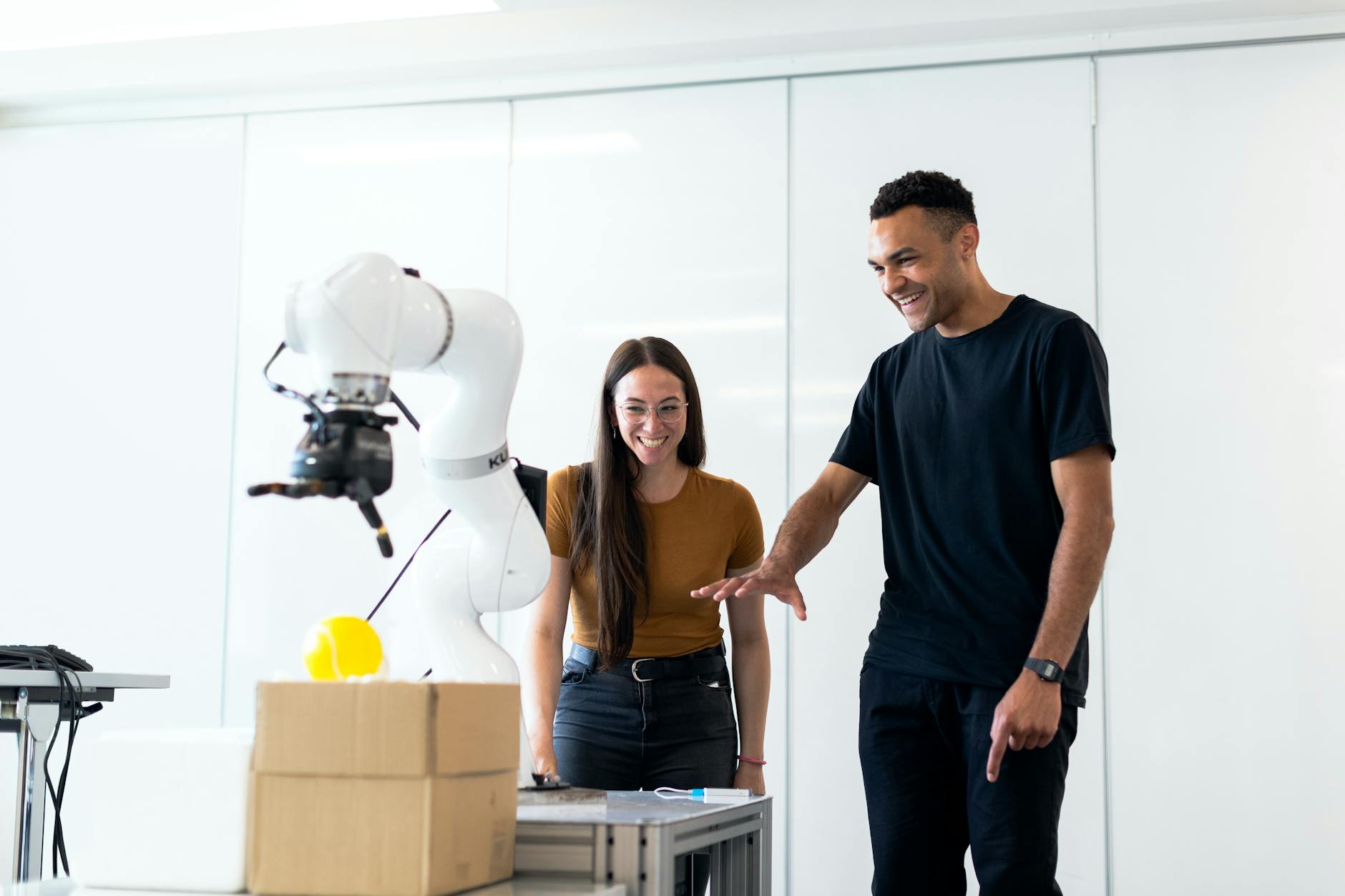Netflix’s AI ‘Cost Cut’: The Unseen Price Tag

Introduction: Netflix’s recent admission of using generative AI in a major sci-fi production, “The Eternaut,” isn’t just a technological footnote; it’s a seismic tremor in the creative industries. While presented as a triumph of efficiency, this move signals a deeper, more unsettling shift in how entertainment might soon be made—and what we, the audience, might be sacrificing.
Key Points
- Netflix’s public endorsement of generative AI for visual effects marks a significant corporate embrace of the technology, primarily driven by a stated aim to reduce production costs and timelines.
- This adoption signals an accelerating trend towards algorithmic solutions in creative fields, posing an existential threat to traditional VFX pipelines and, more broadly, to human creative labor.
- The immediate perceived benefits of speed and cost reduction may mask deeper, long-term challenges related to artistic integrity, quality control, intellectual property rights, and the potential homogenization of visual styles.
In-Depth Analysis
Netflix’s co-CEO Ted Sarandos, ever the corporate evangelist, pitched the use of generative AI in “The Eternaut” as a win-win: “10 times faster” and a budget savior. But peel back the slick veneer, and you find a narrative that echoes every technological disruption from the assembly line to outsourcing. This isn’t just about making “films and series better,” as Sarandos insists; it’s fundamentally about the relentless pursuit of scale and efficiency in a hyper-competitive streaming market. The “better” part often takes a backseat when the spreadsheet is king.
The specific use case—a collapsing building—is revealing. It’s a complex, often expensive visual effect that typically requires highly skilled artists, meticulous simulation, and iterative rendering. Generative AI, in this context, acts as a sophisticated shortcut. Instead of laborious manual modeling and texturing, an algorithm, trained on vast datasets of real and simulated destruction, can theoretically conjure such a scene with minimal human intervention beyond prompt engineering and refinement. This isn’t a minor tweak; it’s a fundamental re-architecture of the creative workflow for specific tasks.
However, the “10 times faster” claim warrants scrutiny. Is it genuinely a tenfold increase in creative output, or a tenfold reduction in the human labor required for a particular, often tedious, task? The latter is more probable. Traditional VFX involves not just rendering but also artistic direction, countless iterations, and a nuanced understanding of physics and visual storytelling. AI can generate, but can it interpret and innovate with the same creative depth? This application feels less like a creative breakthrough and more like a high-tech cost-cutting measure, a familiar tune in an industry perpetually wrestling with ballooning budgets.
The real-world impact extends far beyond Netflix’s balance sheet. This move directly threatens the livelihoods of legions of highly specialized VFX artists, who have long toiled in an industry notorious for demanding hours and tight deadlines. If a complex scene can be “generatively created” for a fraction of the cost and time, what becomes of the human expertise that once commanded those rates? This is the insidious creep of automation, not into repetitive factory work, but into highly skilled creative domains. The promise of “helping creators” often translates into “replacing creators for economically viable tasks.”
Contrasting Viewpoint
While the siren song of “faster and cheaper” is undeniable, it ignores a raft of critical issues. Firstly, artistic integrity. Generative AI excels at plausible imitation, but can it truly innovate or evoke unique artistic vision? The risk is a creeping homogenization of visuals—a generic “Netflix look” where spectacular scenes lack the distinctive touch of human artistry. Secondly, intellectual property. On what datasets was this AI trained? Were the artists whose work formed the basis of these models compensated or even credited? This is a legal minefield waiting to explode, with artists and studios potentially clashing over ownership and fair use. Thirdly, quality control and “the uncanny valley” effect remain significant hurdles. While a collapsing building might seem straightforward, subtle flaws in physics, texture, or lighting that a human eye would catch immediately might be overlooked by an AI, or worse, consistently generated. Relying on AI might save money upfront, but what is the cost of a slightly less believable or less emotionally resonant scene on the overall audience experience? This isn’t just about efficiency; it’s about the very soul of cinematic art.
Future Outlook
Over the next 1-2 years, we can expect a dual trajectory. On one hand, more studios will undoubtedly follow Netflix’s lead, selectively integrating generative AI into their production pipelines for specific, high-volume, or resource-intensive tasks like background generation, crowd scenes, or certain environmental effects. The pressure to reduce costs will be too immense to ignore. On the other hand, we will witness significant pushback. Artist guilds and unions will intensify their advocacy for regulations, ethical guidelines, and fair compensation, demanding clarity on IP rights and the scope of AI’s use. Expect high-profile legal challenges regarding copyright infringement stemming from AI training data. The biggest hurdles will be achieving consistent, high-quality output that meets cinematic standards, navigating the complex ethical and legal landscape of intellectual property, and overcoming the deep-seated resistance from human artists who see AI not as a tool, but as a direct threat to their craft and livelihood. The future of content creation will likely be a hybrid model, but the balance between human and machine remains fiercely contested.
For more context on the ethical quagmire surrounding generative tools, see our deep dive on [[The Unresolved IP Crisis in AI]].
Further Reading
Original Source: Netflix admits it used generative AI in a big sci-fi hit to cut costs (The Verge AI)